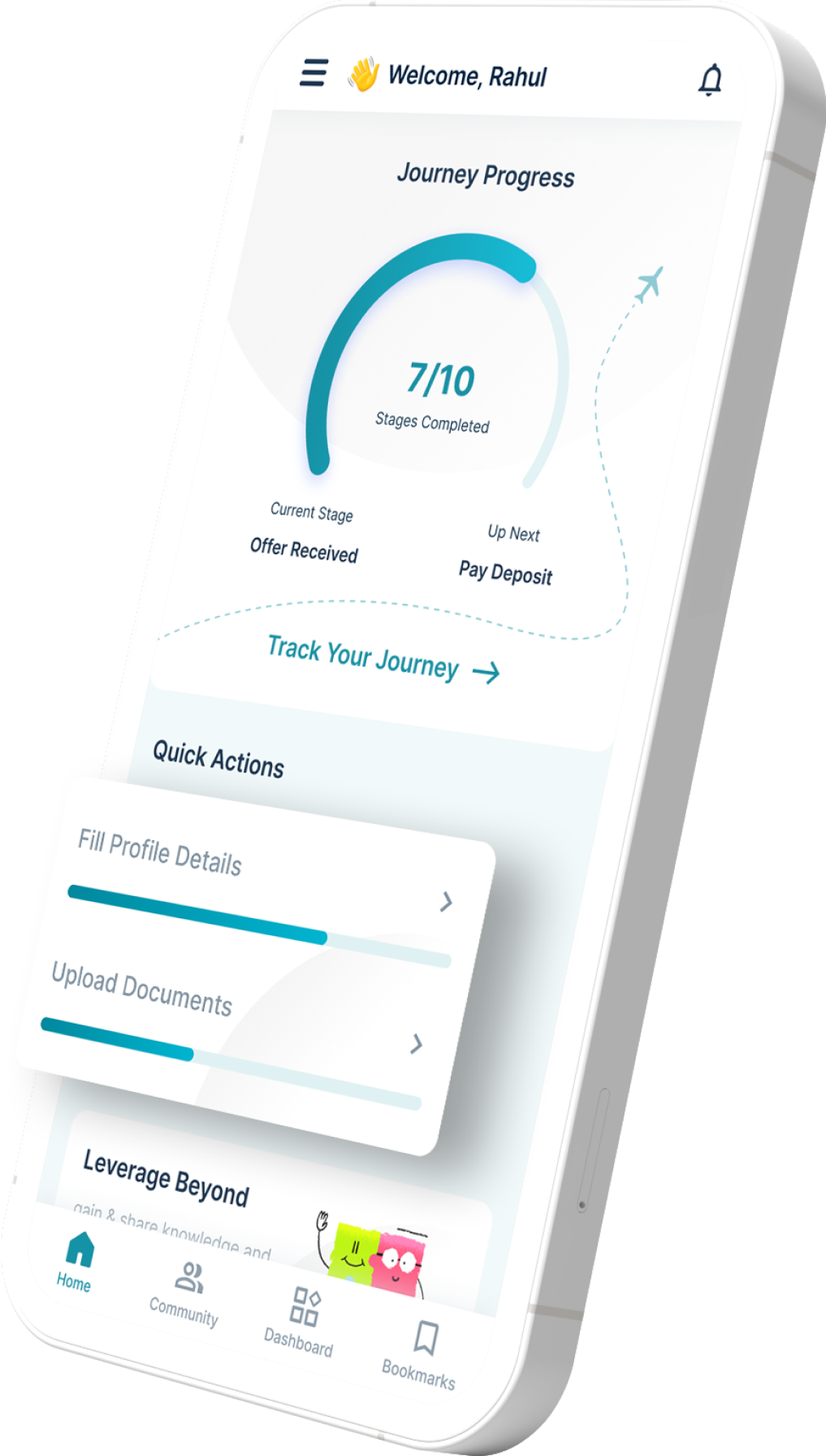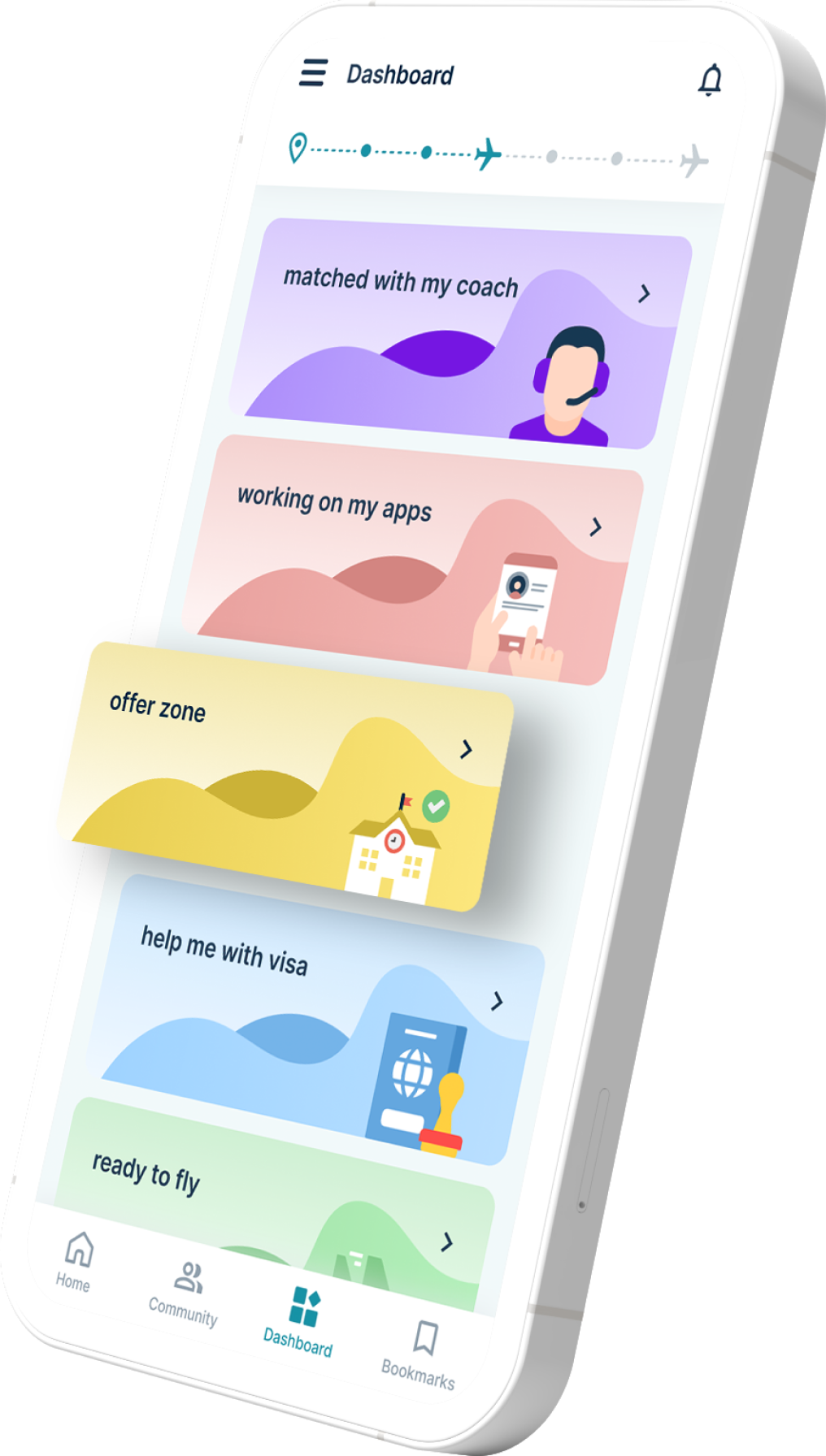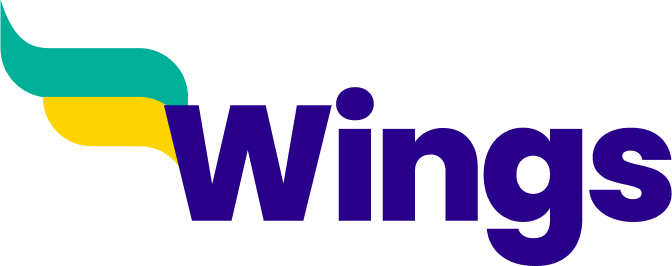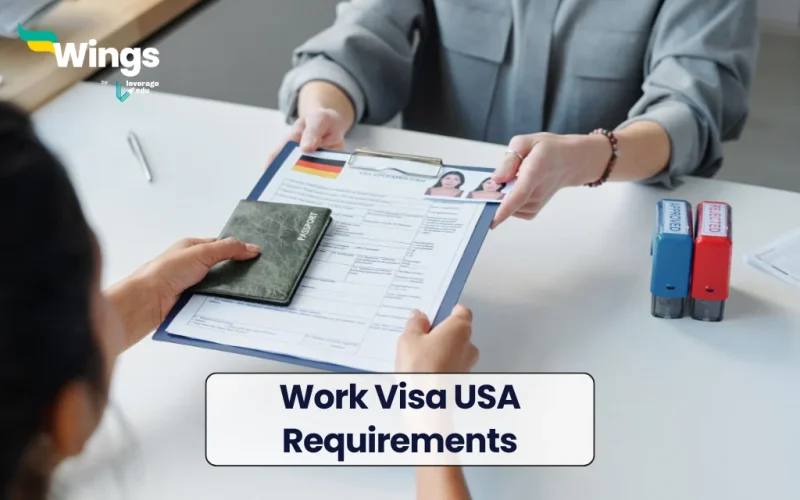Navigating the complexities of the US work visa system can be a daunting process for foreign professionals and their employers. With numerous visa categories, each with specific requirements, the journey from application to approval demands a thorough understanding of the regulations. This guide provides a comprehensive overview of the important aspects of obtaining a US work visa, including the different types of visas available, their typical validity periods, the associated fees, and the processing times you can expect. We’ll break down the essential information to help you and your employer prepare for a successful application, whether you are seeking a temporary work visa or a permanent, employment-based green card.
| Visa Name | Work visa USA |
| Validity | Maximum 6 years, with an initial approval of up to 3 years. |
| Fee | Varies, but the base filing fee is typically USD 780. The optional premium processing fee is an additional USD 2,805. |
| Processing Time | 2-7 months |
This Blog Includes:
What is the US Work Visa?
A US work visa is an official document that allows a foreign national to live and work in the United States for a specified period. These visas are generally divided into two main categories:
- Nonimmigrant Visas: These are for temporary employment. The most common type is the H-1B visa for professionals in “specialty occupations” who have a bachelor’s degree or higher. Other examples include the L-1 visa for intracompany transferees and the O-1 visa for individuals with extraordinary abilities in fields like science, art, or business.
- Immigrant Visas: These are for permanent workers and lead to a Green Card, which grants permanent residency. These are also known as employment-based (EB) immigrant visas and are divided into five preference categories based on the worker’s skills and qualifications.
Also Read: Part-time Jobs in USA
Types of USA Temporary Visas
There are different types of USA temporary visas for different purposes. Below, we have mentioned the type of temporary work visa along with its purpose:
| Type of temporary work visa | Purpose |
| H-1B1: Free Trade Agreement (FTA) Professional – Chile, Singapore | Available to work in a speciality occupation.Requires a post-secondary degree involving at least four years of study in the field of specialization |
| H-1B: Person in Specialty Occupation | Available to work in a speciality occupation. co-production projects administered by the Department of Defense. Requires a higher education degree or its equivalent |
| H-2B: Temporary Non-agricultural Worker | For temporary or seasonal non-agricultural work. |
| H-2A: Temporary Agricultural Worker | Temporary or seasonal agricultural work. Available to nationals of designated countries. |
| L: Intracompany Transferee | To work at a branch, affiliate, parent, or subsidiary of the current employer in a managerial or executive capacity, or a position requiring specialized knowledge. |
| H-3:Trainee or Special Education visitor | To receive training, other than graduate medical or academic that is not available in the home country of the applicant |
| O: Individual with Extraordinary Ability or Achievement | For people with extraordinary ability or achievement in the sciences, arts, education, business, athletics, etc |
| Q-1: Participant in an International Cultural Exchange Program | For practical training and employment and for sharing the history, culture, and traditions of your home count |
| P-1: Individual or Team Athlete, or Member of an Entertainment Group | For performance at a specific athletic competition as an athlete or as a member of an entertainment group |
| P-3: Artist or Entertainer (Individual or Group) | To perform, teach, or coach under a program that is culturally unique or a traditional ethnic, folk, cultural, musical, theatrical, or artistic performance or presentation |
| P-2: Artist or Entertainer (Individual or Group) | For performance under a reciprocal exchange program between an organization in the United States and an organization in another country. |
Also Read: A Comprehensive Guide to 8 Common Visa Types
Work Visa USA Requirements: Qualifications
Individuals interested in a US work visa must meet the 3 work visa USA requirements. Those who do not meet any 1 of the qualifications will not be considered for the visa.
- The applicant must have an employment offer letter from a US company.
- The employer must have received approval on a petition ( I-129 form) from the US Citizenship and Immigration Services (USCIS)
- Specific work visas such as H-1B, H-1B1, H-2A, and H-2B visas require that the employer receive a certification from the Department of Labor (DOL). This is to prove that the position cannot be filled by US employees.
Also Read: All About Work Visa: Application Process, Appointment, Fees
Work Visa USA Requirements: Documents
Applying for a U.S. work visa requires a substantial amount of documentation to prove your eligibility and the legitimacy of your job offer. These documents fall into two main categories: those required for the initial petition filed by your employer with USCIS, and those you will need for your visa interview at a US embassy or consulate.
- The applicant must have a valid passport and submit a photograph for the US visa.
- The Receipt Number provided in the 1-29 form
- A confirmation letter regarding the successful completion of the Nonimmigrant Visa Application (DS-160 Form).
- Receipt of the visa application fees (USD185 for the work visa)
- Proof of return to the home country. For example, providing long-term plans
- L Visa, applicants must also fill out the I-129S form
- Any additional documents, if required
USA Work Visa Application Process
The process for applying for a U.S. work visa is typically a multi-step journey that involves both the prospective employer in the U.S. and the applicant. While specific details can vary by visa type, here is a general overview of the process:
Step 1: Employer Files a Petition
For most temporary work visas (H-1B, L-1, O-1, etc.), the U.S. employer must initiate the process.
- Labor Certification: For some visas like the H-1B, the employer must first file a Labor Condition Application (LCA) with the U.S. Department of Labor (DOL). The LCA confirms that hiring a foreign worker will not negatively impact the wages and working conditions of U.S. workers.
- Filing the Petition (Form I-129): The employer then files Form I-129, “Petition for a Nonimmigrant Worker,” with U.S. Citizenship and Immigration Services (USCIS). This petition includes detailed information about the company, the job, and the foreign worker. For H-1B visas, this step is preceded by a registration and lottery if the annual cap has been met.
- Petition Approval: If the petition is approved, USCIS sends an approval notice, typically Form I-797, to the employer. The applicant will need the receipt number from this form for the next steps.
Step 2: Applicant Completes Visa Application
Once the petition is approved, the applicant can begin the visa application process.
- Form DS-160: The applicant must complete the online Nonimmigrant Visa Application, Form DS-160. This is a detailed form that requires personal information, travel history, and information about the job. You will also upload a digital photo during this process.
- Pay Fees: Pay the required non-refundable visa application fee. The fee amount varies based on the visa type.
Step 3: Visa Interview and Biometrics
- Schedule an Appointment: The applicant must schedule a visa interview at a U.S. Embassy or Consulate in their home country. This typically involves two separate appointments: one for biometrics (fingerprinting and photograph) at a Visa Application Center and the other for the interview itself with a consular officer.
- Attend the Interview: During the interview, a consular officer will review your application and documents and ask questions about your job, qualifications, and intent. The purpose is to verify your eligibility and ensure that the information on your application is accurate.
- Required Documents: You must bring a specific set of documents to your interview, including your passport, DS-160 confirmation page, visa fee receipt, and the I-797 approval notice from your employer.
Step 4: Visa Issuance and Travel
- Approval: If your application is approved, the consular officer will typically stamp your passport with the visa.
- Travel: You can then travel to the U.S. and begin your employment on the start date listed on your approved petition. Upon arrival at a U.S. Port of Entry, a Customs and Border Protection (CBP) officer will inspect your documents and admit you into the country in the appropriate nonimmigrant status.
Rights and Responsibilities of the Work Visa Holder
The rights and responsibilities of the US work visa holder are as follows:
Rights of a Work Visa Holder
- Fair Pay and Safe Workplace: You must be paid at least the prevailing wage for your job and have a safe work environment, just like U.S. workers.
- Protection from Discrimination: You are protected from discrimination based on your race, gender, religion, age, or national origin.
- Right to Due Process: You have fundamental constitutional rights, including the right to legal representation and protection from unlawful searches.
- Job Mobility: You can change jobs, but your new employer must file a new petition on your behalf.
- Reporting Violations: You have the right to report any illegal or abusive actions by your employer without fear of retaliation.
Responsibilities of a Work Visa Holder
- Work for the Sponsoring Employer: Generally, you can only work for the employer who sponsored your visa.
- Follow Visa Rules: You must abide by all the conditions of your visa, including the job duties and work location specified in your petition.
- Maintain Status: You are responsible for maintaining a valid legal status. If your job ends, you may have a grace period (for example, up to 60 days for H-1B holders) to find a new job or change your visa status.
- Update Address: You must notify USCIS within 10 days of any change to your residential address.
- Keep Documents Safe: Keep all your immigration documents, such as your passport, visa stamp, and approval notices, in a secure place.
Also Read: Visa Requirements for Indian Citizens to Travel Abroad
FAQs
To get a U.S. work visa, you generally need a job offer from a U.S. employer. Your employer must file a petition with U.S. Citizenship and Immigration Services (USCIS) on your behalf. Once the petition is approved, you can apply for the visa at a U.S. embassy or consulate in your home country.
To get a work permit in the U.S., you generally need a job offer from a U.S. employer. This employer must then file a petition on your behalf with U.S. Citizenship and Immigration Services (USCIS). Once the petition is approved, you can apply for a visa at a U.S. embassy or consulate.
To get a work permit from the US, the visa application must be filled at a US consulate. Next, the visa interview process must be attended by the candidate. The applicant must meet the work visa US requirements and must submit the relevant documents.
Relevant Reads:
| UK Visa Requirements for Indians | Super Priority Visa UK |
| Permanent Resident Visa Canada | UK Spouse Visa: Fees, Documents, Rules |
| Can You Study in the USA with a B2 Visa? | All About France Visa and Its Types |
We hope you now understand what a work visa USA is, its requirements, the application process, etc. Want to apply for a Visa for your study abroad journey? Drop us a comment in the section below, or you can connect with a visa expert at Leverage Edu, and we will guide you on your dream journey!
 One app for all your study abroad needs
One app for all your study abroad needs















 60,000+ students trusted us with their dreams. Take the first step today!
60,000+ students trusted us with their dreams. Take the first step today!